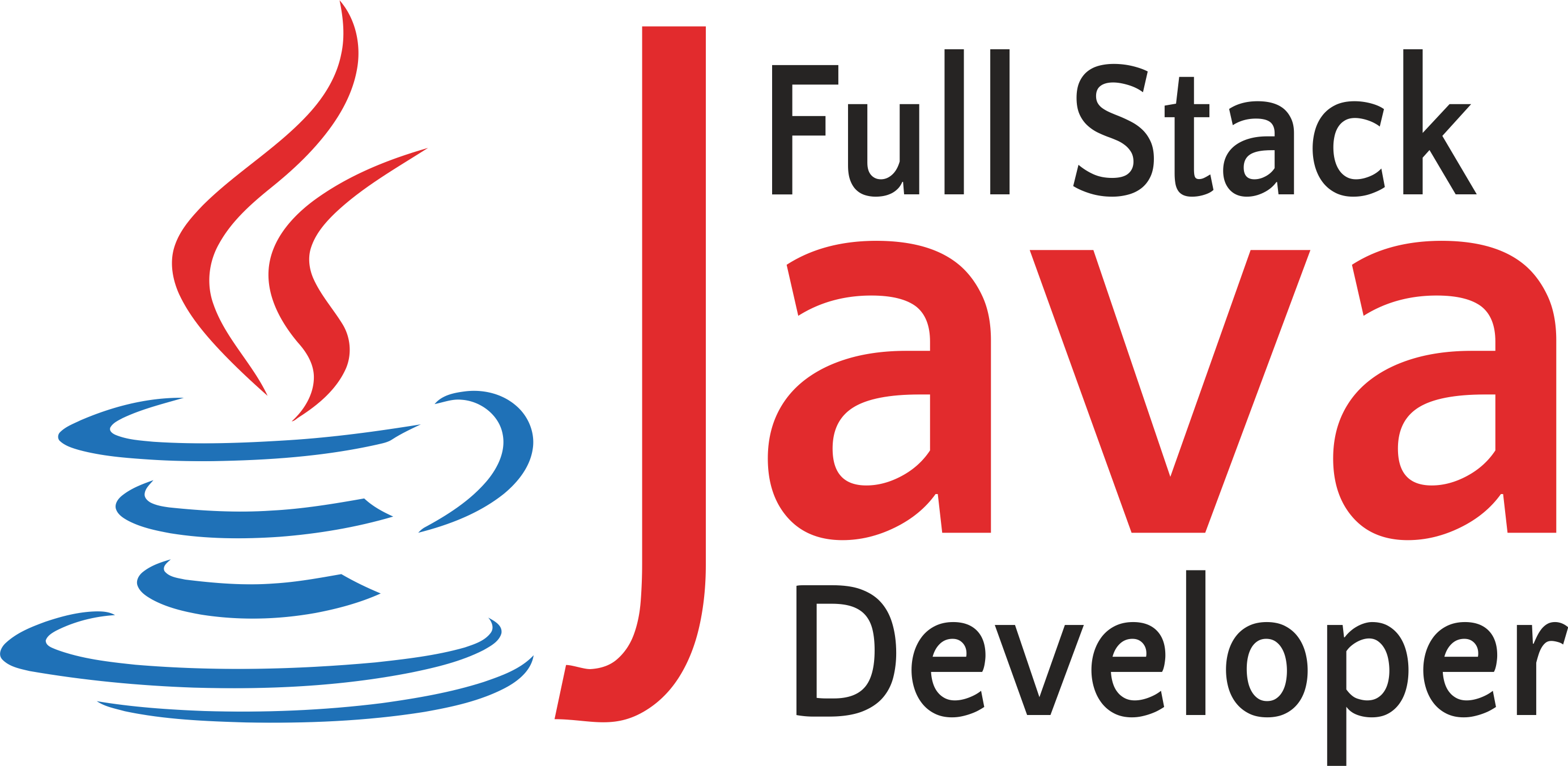Lambda expressions, introduced in Java 8, are a significant feature that enables functional programming within the language. They provide a concise and expressive way to represent anonymous functions, particularly for implementing single-method interfaces known as functional interfaces.
Key characteristics and concepts of Lambda Expressions in JDK 8:
Syntax:
A lambda expression is characterized by the parameter -> expression body syntax.
- parameter: Represents the input parameters of the function. Type declaration is optional as the compiler can infer it. Parentheses are optional for a single parameter but required for multiple parameters or no parameters.
- ->: The arrow operator separates the parameters from the expression body.
- expression body: The implementation logic of the function. It can be a single expression or a block of statements enclosed in curly braces.
Functional Interfaces:
Lambda expressions are intrinsically linked to functional interfaces. A functional interface is an interface that contains only one abstract method. Examples include Runnable, Comparator, and interfaces from the java.util.function package like Predicate, Function, and Consumer. A lambda expression provides the implementation for this single abstract method.
Conciseness and Readability:
Lambda expressions reduce boilerplate code associated with anonymous inner classes, making the code more compact and easier to read.
Optional Type Declaration and Parentheses:
The compiler can infer the type of parameters, eliminating the need for explicit type declarations. Parentheses around a single parameter are optional.
Integration with Stream API:
Lambda expressions are heavily used with the Java 8 Stream API, facilitating functional-style operations on collections like filtering, mapping, and reducing data.
Method References:
As a related feature, method references provide an even more compact way to represent lambda expressions that simply call an existing method.

 +91 7887575991 (24/7)
+91 7887575991 (24/7)